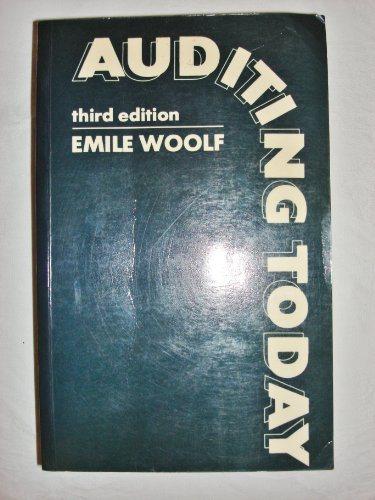Question
Logan Distributing Company of Atlanta sells fans and heaters to retail outlets throughout the Southeast. Joe Logan, the president of the company, is thinking about
Logan Distributing Company of Atlanta sells fans and heaters to retail outlets throughout the Southeast. Joe Logan, the president of the company, is thinking about changing the firm's credit policy to attract customers away from competitors. The present policy calls for a 1/10, net 30 cash discount. The new policy would call for a 3/10, net 50 cash discount. Currently, 30 percent of Logan customers are taking the discount, and it is anticipated that this number would go up to 50 percent with the new discount policy. It is further anticipated that annual sales would increase from a level of $392,000 to $620,500 as a result of the change in the cash discount policy.
The increased sales would also affect the inventory level. The average inventory carried by Logan is based on a determination of an EOQ. Assume sales of fans and heaters increase from 14,780 to 22,300 units. The ordering cost for each order is $198, and the carrying cost per unit is $1.5 (these values will not change with the discount). The average inventory is based on EOQ/2. Each unit in inventory has an average cost of $11.Cost of goods sold is equal to 65 percent of net sales; general and administrative expenses are 15 percent of net sales; and interest payments of 14 percent will only be necessary for the increase in the accounts receivable and inventory balances. Taxes will be 40 percent of before-tax income.
For average collection period, assume the customer pays on the last day possible (if they are getting the discount, that is day 10; if not, that is day 30 with the original policy and day 50 with the proposed policy).
|
| ||||
|
| Compute the accounts receivable balance before and after the change in the cash discount policy. Use the net sales (total sales minus cash discounts) to determine the average daily sales. Round your answer to the nearest whole dollar.
| |||
Step by Step Solution
There are 3 Steps involved in it
Step: 1

Get Instant Access to Expert-Tailored Solutions
See step-by-step solutions with expert insights and AI powered tools for academic success
Step: 2

Step: 3

Ace Your Homework with AI
Get the answers you need in no time with our AI-driven, step-by-step assistance
Get Started


